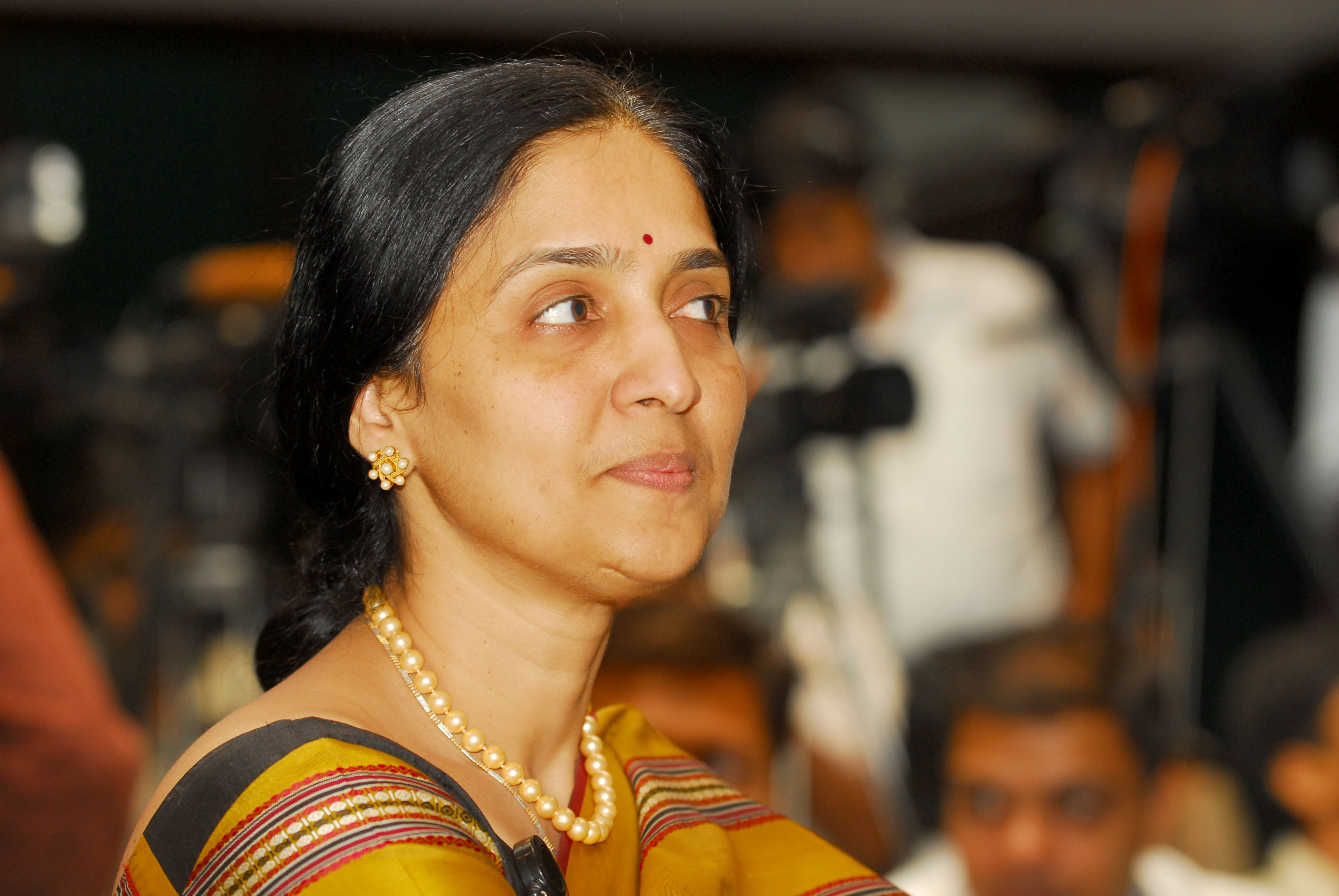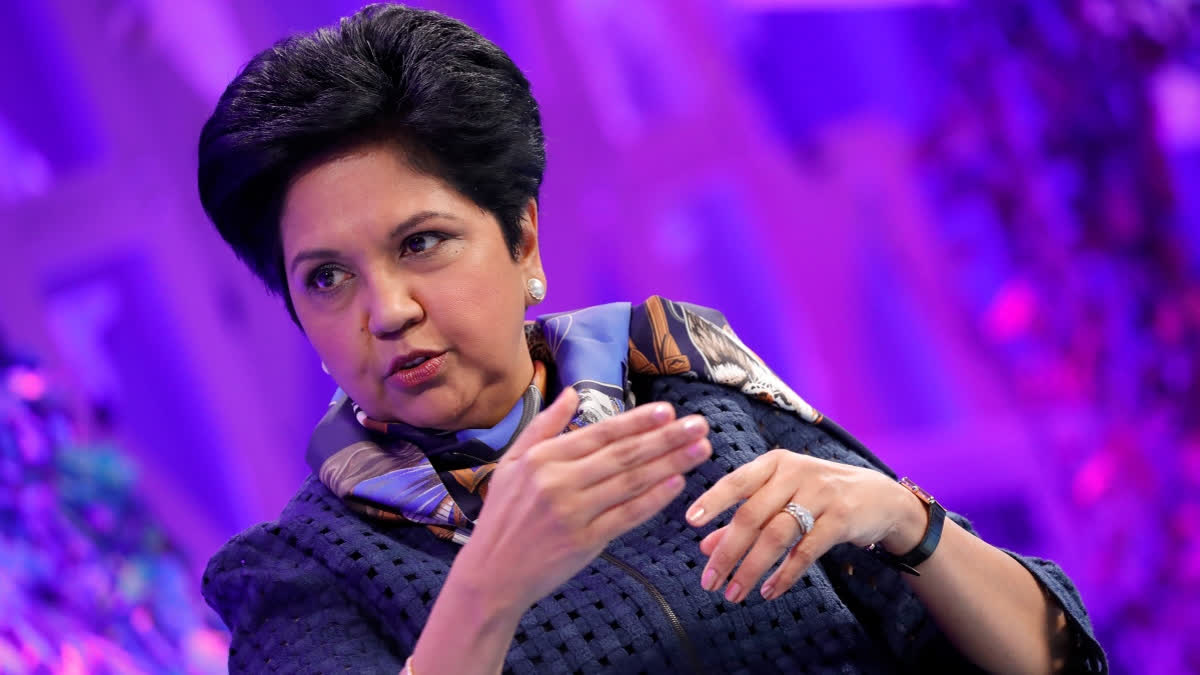In a country with more than a billion people, women make up almost half the population but run less than a fifth of the companies. This sounds almost impossible, especially when the nation prides itself on progress and gender diversity. However, this is a reality of the most populous nation in the world, the economic powerhouse, India. Here, women occupy just 19% of roles in the C-suite, according to a study conducted by Avtar, a workplace culture consulting firm. The data is shocking and a lot worse than the global average which is not that great either.
The global average stands at 30%, which shows most countries are in bad shape. In the United States, women hold 27% of C-suite roles, in the UK 25%, in France 24%, and in Germany, it's the same as in India, 19%. These numbers are terrible but the situation gets even worse when it comes to senior-most roles. For instance, only 5.4 percent of Chief Executive Officers globally are women. In India, the numbers are even worse – among the top 500 companies in India, only 1.6% are led by women.
C-suite roles are the top executive positions in a company – Chief Operating Officer, Chief Finance Officer, Chief Operating Officer and so on. These roles represent the highest-ranking leaders, who are responsibile for making major strategic decisions. These C-suite executives shape the company's vision, culture, and overall success.
Faulty promises and male dominance
Despite decades of dialogue on gender equality, the corridors of power in corporate India remain stubbornly male-dominated. The leadership is guarded by traditional norms of authority, which continue to exclude women. Reasons? First, stereotypes, systemic bias, and a culture that still struggles to see women as equals. The belief that women are less capable of making tough decisions or leading large organisations persist, even when several studies prove the opposite. Empty promises are a global trend. Companies tout gender-diverse leadership but they rarely live up to those claims.
Secondly, social obstacles, the motherhood penalty at work, the unpaid labour at home, and the gender pay gap. The global workforce is not built for women and when they do manage to stick out, women have to swim against the current. They have to fight the male blueprint.
"More than numbers, the problem is about the mindset that leadership is about male. Female CEO is an exception in companies unless you start your own business," says Shivangi Sharma, Assistant Vice President of a finance company in Gurugram.
"The system is designed in a way that makes it difficult for women to reach a higher level. It doesn't matter how talented you are or what qualifications you have, the mindset that you are a woman and you can't do is ingrained. A woman is asked if she is married during the hiring process because if she is or she is planning to then she will soon ask for maternity leave and so on, but no one asks this to a man. There's a strong support system for men at home and workplace but for women, that's not the case," Sharma adds.

Swimming against current
When it comes to leadership, everyone wants the top boss to be more assertive, decisive, competitive, and confident – qualities often associated with men. These clash with our ideas of how women should be. Women bosses are judged in both cases – when they possess these qualities and when they don't. Several researches prove that women leaders are subject to higher expectations and scrutiny to balance competence and likability even when their performance exceeds men's. They get lower ratings for potential and the result is that the leadership positions are predominantly held by men. Very few women make it to the finish line.
"The challenges start very early, even from the mid-management level. You are burdened with expectations to prioritise family over career. If you choose to pursue a career then you are labeled as 'too ambitious'. This is unfair. Men are respected for their drive and decisiveness, while women are criticised and seen as aggressive," says Anjali Sharma, a Senior Vice President at a Japanese firm.
Meenakshi R Pinto, a Vice President of a tech firm, shares her experience of constantly being the only woman in the room. "I walk into the room and there are 20 men with this subtle skepticism about how I reached this level. I have worked twice as hard since the beginning than any of my male counterparts. It's hard to gain the same respect for all men, but there are some who appreciate what you do and in my case, I have more supportive and respectful associates at work than the ones who think I reached this level with some magic wand," asserts Pinto.

Systematically redefined masculinity
The third reason is that women in India have historically low participation. In 1955, female labour participation was at 24.1%. Seventy years have passed since, and women today are more educated, they are sticking around longer, and earning higher salaries, even then, women's participation in the workforce stands at only 32% – way less than the global average of 50%.
As the Indian activist Vandana Shiva rightly explained in one of her podcasts that the world was shaped into a masculine project very consciously. "Women who are the biggest workforce and the force on the planet were suddenly not working. Knowledge was redefined as masculine by people like Francis Bacon. The economy was redefined in terms of that which can be traded and commercially profited from. Cook food for your children, get water for your home, look after your old parents were defined as the works of the women. That's not productive as it's not a contribution to the economy. That naro mechanistic thought and highly alienated artificial economic system began with making capital real and reality unreal."
The numbers are disturbing. For every woman who makes it to a C-suite or equivalent role, many leave midway due to a lack of support and opportunities. Lack of women-friendly infrastructure, policies that support women in leadership, and flexible working arrangements are still a rarity. A maternity break is seen as a career break rather than a natural part of a woman's life.

Lack of support structure
The former CEO of PepsiCo and author of My Life in Full: Work, Family, and Our Future, had rightly said in one of her interviews that companies need to create a support structure for women. "I think women tend to rule with head, heart and hands, while men might rule with head and hands. As a society, we should look at this not as a female issue but as a family issue not as feminists but as economists. If you want the best and the brightest to work to further the economy, women are a big part of the talent force. They are doing phenomenally well. Women want to make a difference, they want to contribute, and they want the power of the purse. They don't want to be lifelong unpaid labourers. And they want to have a life too with family, so we have to create support structures to bring them into the workplace, to give them the choice to come into the workplace. The time has come to have a serious talk about what we can do to create that support structure," said The New York Times Best Seller author.
With its largest working-age population in the world, India aims to be the biggest contributor to global growth. We aim to harness this demographic dividend but the reality is that women make up 48% of India's population but they contribute only 18% to the GDP and make up only 19% of the C-suite.
"We need more women in the workforce, corner offices, boardrooms, and not just for moral reasons, but for the economy as well. Studies say female leaders outperform male leaders. Companies led by women are more profitable, more innovative, and better at managing crises. This is what we want, so we need to support our interests rather than the cultural and gender biases," says Anshu Chaturvedi, economics professor at Rajasthan University.
Read More:



